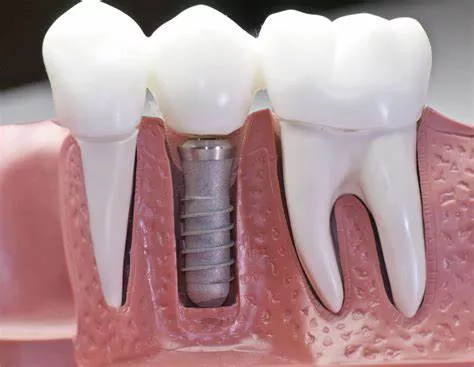Dental insurance plays a crucial role in ensuring access to essential dental care for individuals and families. Understanding the costs associated with dental insurance is important for making informed decisions about coverage. In this article, we’ll explore how much most dental insurance costs, factors that influence insurance premiums, types of dental plans available, and tips for choosing the right dental insurance for your needs.
What Are Factors Affecting Dental Insurance Costs?
The cost of dental insurance can vary widely depending on several factors:
Coverage Level: Dental insurance plans typically offer different levels of coverage, such as basic, intermediate, and comprehensive. The more comprehensive the coverage, the higher the premium is likely to be.
Location: Dental insurance costs can vary based on your location. Urban areas often have higher premiums compared to rural areas due to differences in healthcare costs and availability of providers.
Age: Age is a significant factor in determining dental insurance premiums. Younger individuals may pay lower premiums, while older individuals or those with pre-existing dental conditions may face higher costs.
Provider Network: Some dental insurance plans have preferred provider networks, where you can receive discounted rates for services from in-network dentists. Plans with larger networks may have higher premiums.
Annual Maximum: Dental insurance plans often have an annual maximum benefit, which is the maximum amount the insurance will pay for covered services in a calendar year. Plans with higher annual maximums may have higher premiums.
Deductibles and Copayments: The amount of deductibles (the amount you pay out-of-pocket before insurance kicks in) and copayments (your share of the cost for services) can also impact the overall cost of dental insurance.
SEE ALSO:What Is The Most Common Type of Dental Insurance
Types of Dental Insurance Plans
There are several types of dental insurance plans available, each with its own cost structure and coverage options:
Preferred Provider Organization (PPO) Plans: PPO plans offer a network of dentists who provide services at discounted rates. These plans typically have higher premiums but lower out-of-pocket costs for in-network services.
Health Maintenance Organization (HMO) Plans: HMO plans require you to choose a primary dentist from a network of providers. While premiums may be lower, you may have limited choices in dentists and services.
Indemnity Plans: Indemnity plans, also known as fee-for-service plans, allow you to choose any dentist, and the insurance reimburses a percentage of the cost of covered services. These plans often have higher premiums and more flexibility in choosing providers.
Discount Dental Plans: These plans offer discounts on dental services from participating dentists but do not provide insurance coverage. They may be a cost-effective option for individuals who do not require extensive dental work.
Average Cost of Dental Insurance
The cost of dental insurance can vary widely depending on the factors mentioned above. On average, individual dental insurance premiums can range from $20 to $50 per month, while family plans may range from $50 to $150 per month.
These are general estimates, and actual costs can vary based on the level of coverage and other factors.
Tips for Choosing Dental Insurance
When selecting dental insurance, consider the following tips to ensure you choose a plan that meets your needs and budget:
Assess Your Dental Needs: Consider your oral health status, any pre-existing conditions, and the dental services you anticipate needing in the future.
Compare Plans: Compare different dental insurance plans based on coverage levels, premiums, provider networks, and out-of-pocket costs.
Check Network Dentists: If you have a preferred dentist, ensure they are in-network with the insurance plan you are considering to maximize benefits and minimize costs.
Review Coverage Details: Understand what services are covered under the plan, including preventive care, basic procedures like fillings and extractions, and major procedures like root canals and crowns.
Consider Cost-sharing Options: Evaluate deductibles, copayments, and coinsurance rates to determine your potential out-of-pocket costs for dental care.
Check Annual Maximums: Review the annual maximum benefit to ensure it aligns with your expected dental expenses for the year.
Conclusion
Dental insurance costs vary based on factors such as coverage level, location, age, provider network, and plan type.
Understanding these factors and comparing different dental insurance plans can help you choose coverage that meets your oral health needs while staying within your budget. Regular dental check-ups and preventive care are essential for maintaining good oral health, and dental insurance can provide financial assistance for these services and more extensive dental treatments when needed.

